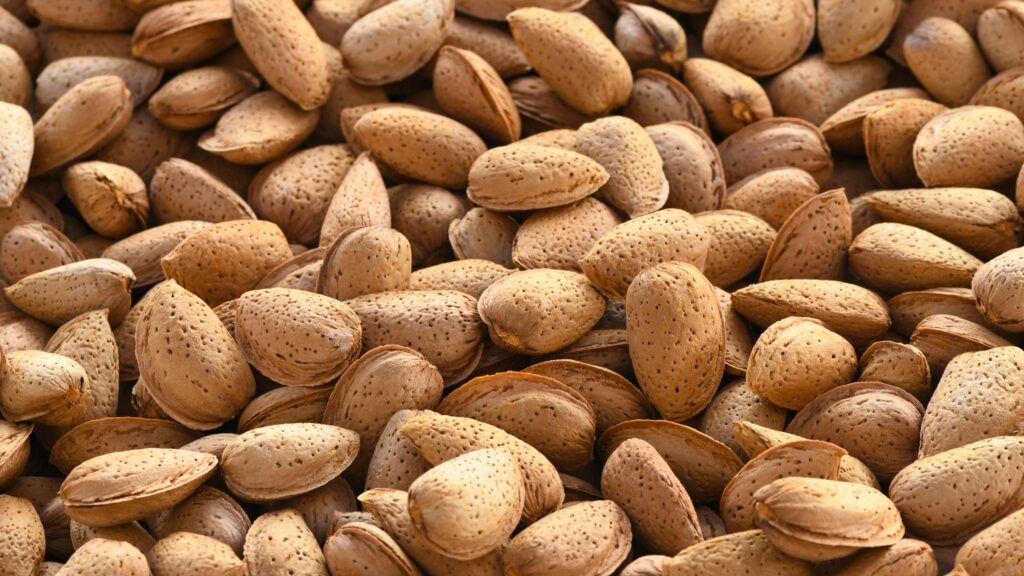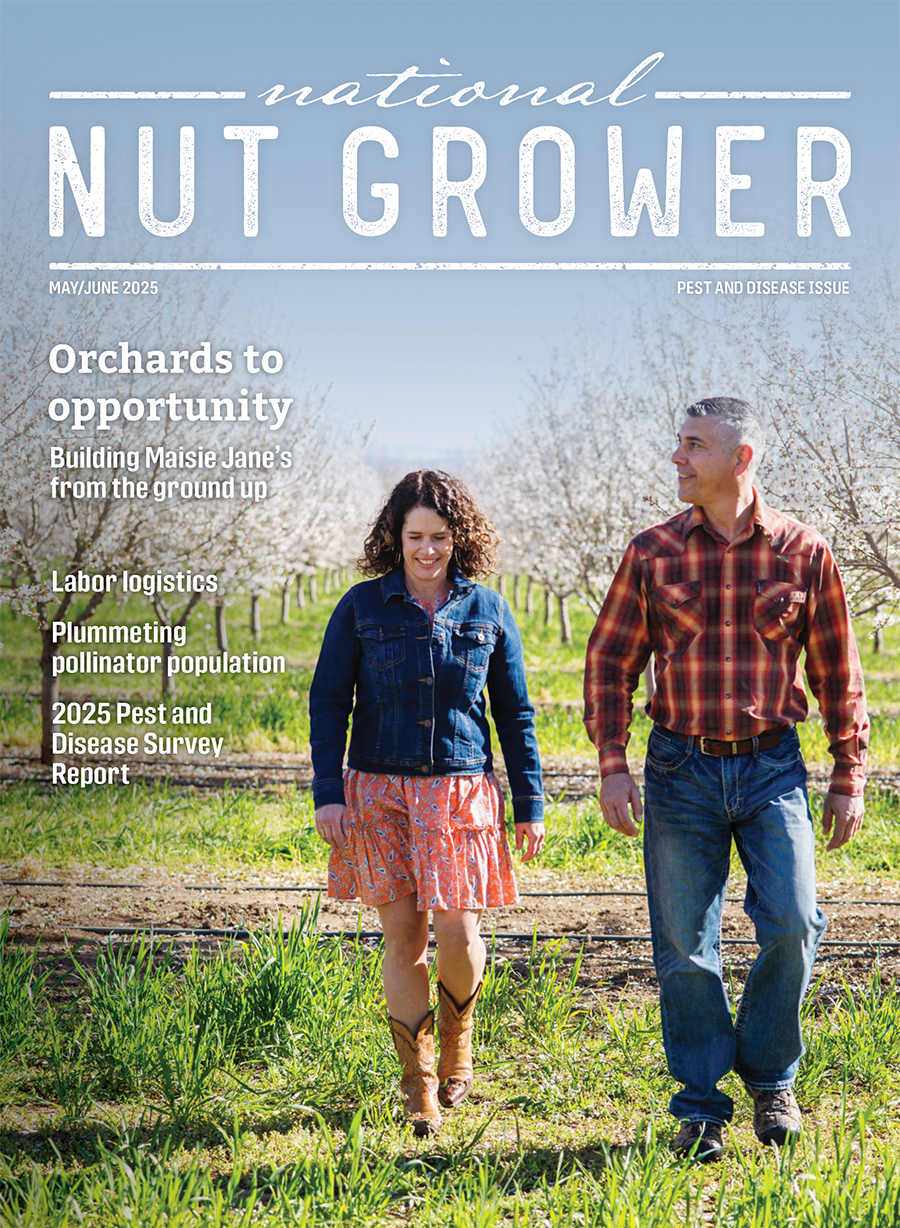
Apr 14, 2025California almond shipments down in March amid tariff concerns
California almond shipments declined in March, reflecting shifting international demand and ongoing tariff uncertainties in key markets.
According to the Almond Board of California’s March 2025 position report, total shipments reached 221.4 million pounds, down 6.6% compared to the same month last year. Year-to-date shipments through March are down 1.6%, with domestic shipments falling 17.1% for the month and 3.5% year-to-date.
Export markets fared better overall, down just 2.9% in March and 0.9% year-to-date. However, performance varied sharply by region. Shipments to China, Hong Kong and Vietnam dropped 23% in March and 28% for the year, a trend likely to worsen after China’s recent announcement of additional tariffs of 10% to 15% on U.S. almonds.
Meanwhile, shipments to Western Europe were down 16% for March and 5% year-to-date, with the European Union also proposing a 25% tariff effective December 1 if no trade resolution is reached.
Despite the overall shipment decline, March sales hit 218 million pounds, up 20% from a year ago and exceeding industry expectations. The industry’s committed but unshipped inventory stands at 574 million pounds, nearly flat compared to last year. The sold and shipped total is down 1% from a year ago.
India saw a notable 68% increase in March shipments, though year-to-date figures remain 9% lower. Japan and Canada both posted year-over-year increases of 9% in March, while shipments to the Middle East and Africa fell 19% for the month but remain up 11% year-to-date.
The 2024 crop is tracking as expected, with 2.7 billion pounds in receipts. However, inconsistent bloom and orchard care across the Central Valley, compounded by severe March storms, are casting uncertainty over the 2025 crop. Varieties like Independence and Butte/Padre are performing well, while Nonpareil and other pollinators are showing uneven development.
Market conditions remain tight for certain almond grades, particularly STD5 and other lower-end varieties, contributing to firm pricing. Buying activity in India surged earlier in the month but has since slowed. With Diwali arriving early this year, demand may rebound later in the season.
Tariff uncertainty is expected to keep international buying patterns volatile as importers look to secure product ahead of potential changes. The industry is cautiously watching both diplomatic developments and evolving supply dynamics.









